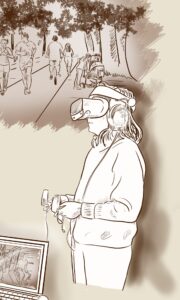Research has generated several hypotheses for explaining the underlying pathophysiology of schizophrenia. This video focuses on dysfunction in dopaminergic signaling as a basis for positive symptoms and dysfunction in glutamatergic signaling as a mechanism for negative and cognitive symptoms.




